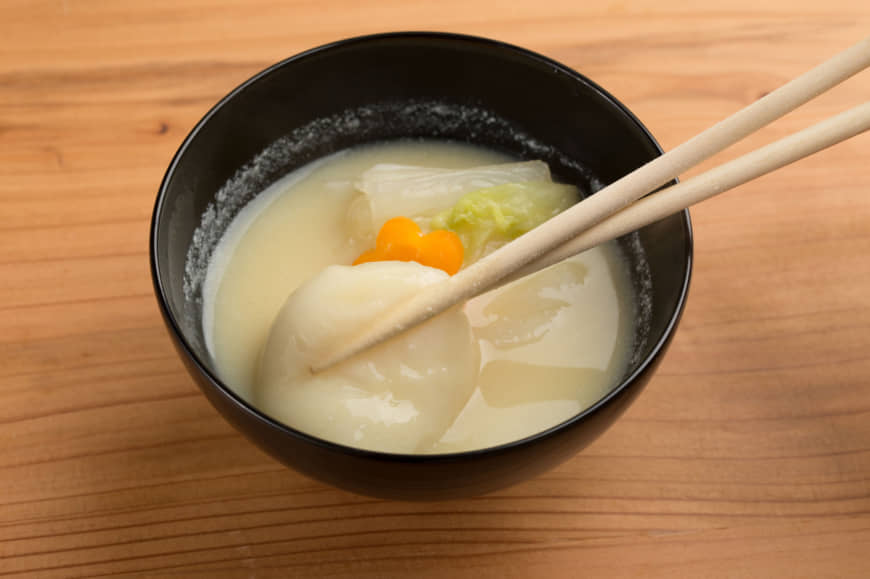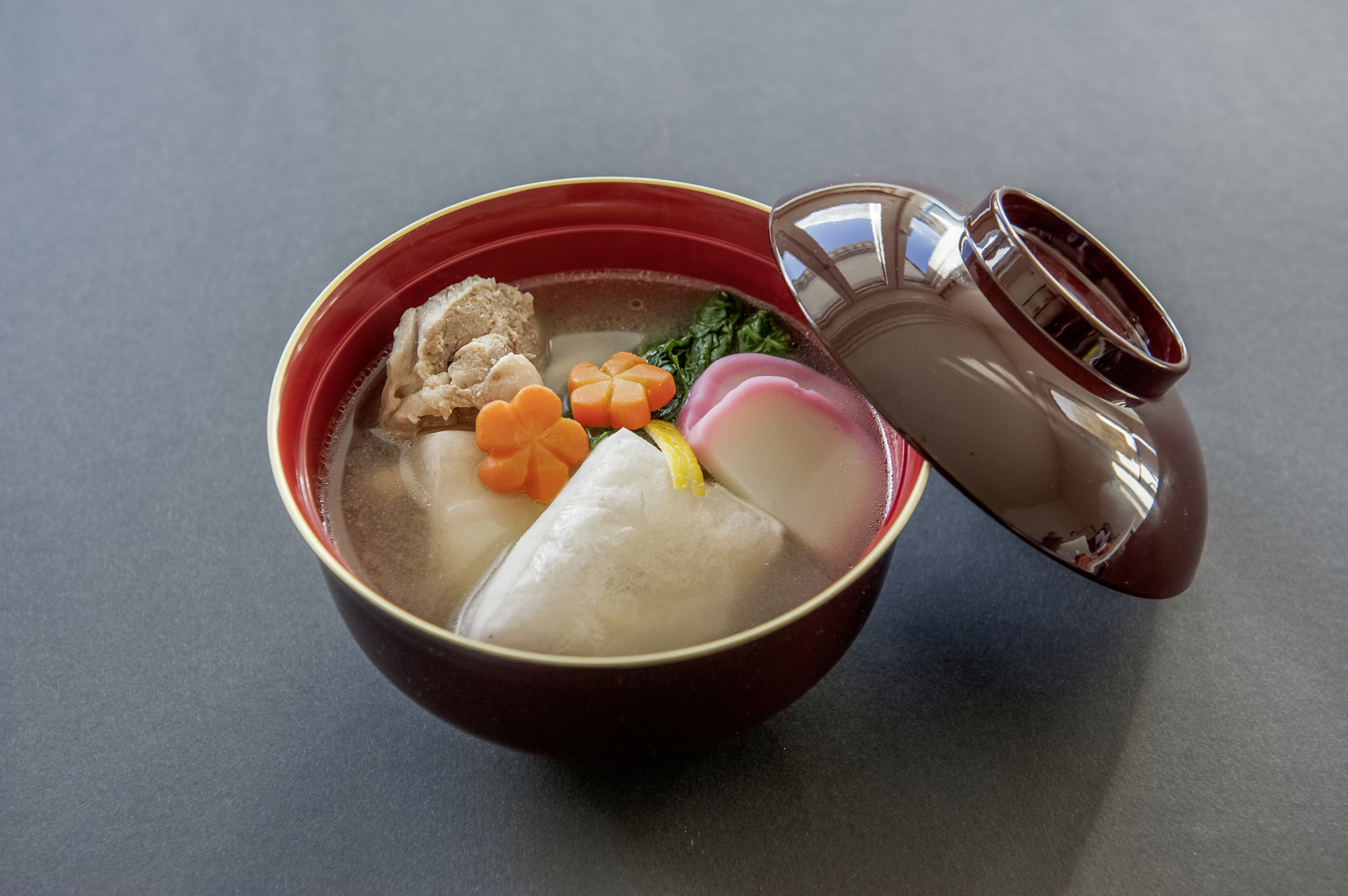The word "mochi" has slowly been creeping into English vernacular to describe sweetened dumplings made with a sticky short-grain rice. But in Japanese, mochi simply refers to mochi-mai (steamed short-grain rice) that's been pounded into a smooth, sticky dough. For centuries, mochi has been a part of festive occasions in Japan, especially during the new year holidays. Kagamimochi (round, stacked "mirror mochi") is used as a sacred offering to the gods, and mochi in general is the staple food of the holiday period, replacing steamed rice. The center of new year holiday meals is zōni, or ozōni (a hearty soup with mochi cakes in it).

The tradition of eating mochi at New Year's started in the imperial court during the Heian Period (794-1185), when it was used during the Shinto "Hagatame no Gi" ("Tooth-hardening Ceremony") ritual to wish for longevity and good health.

















With your current subscription plan you can comment on stories. However, before writing your first comment, please create a display name in the Profile section of your subscriber account page.